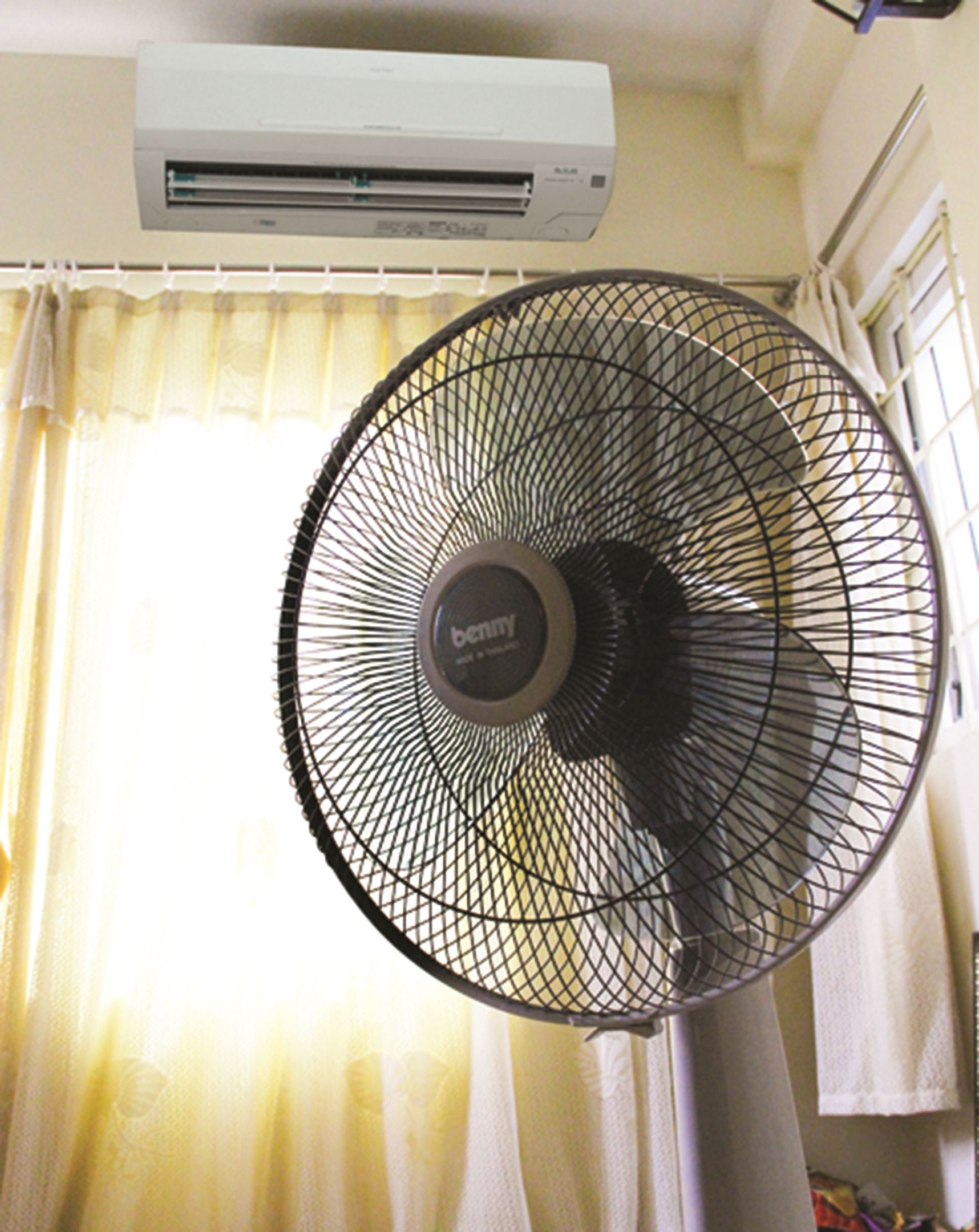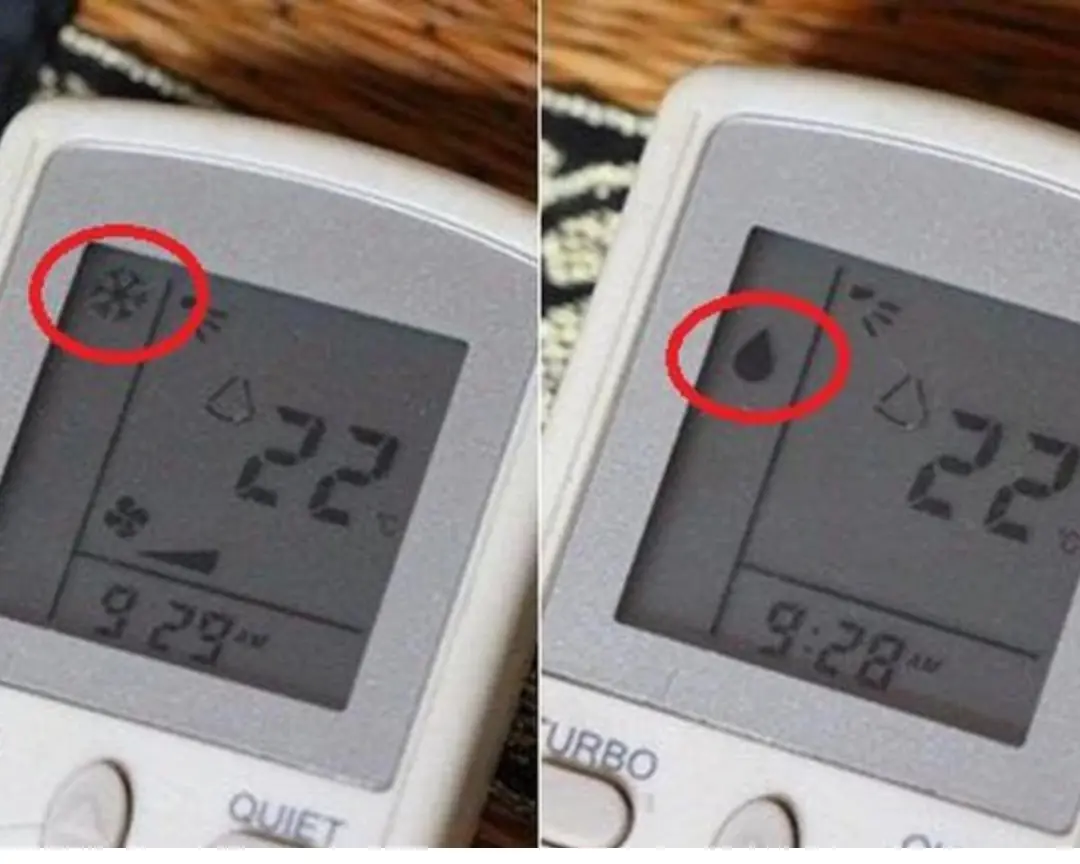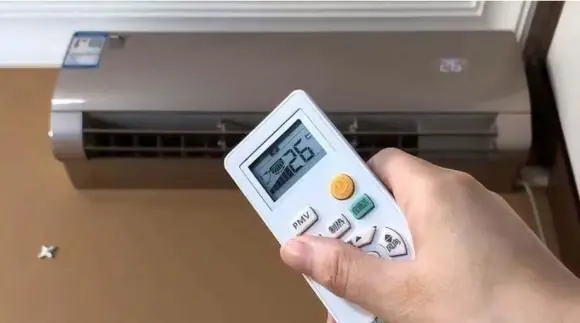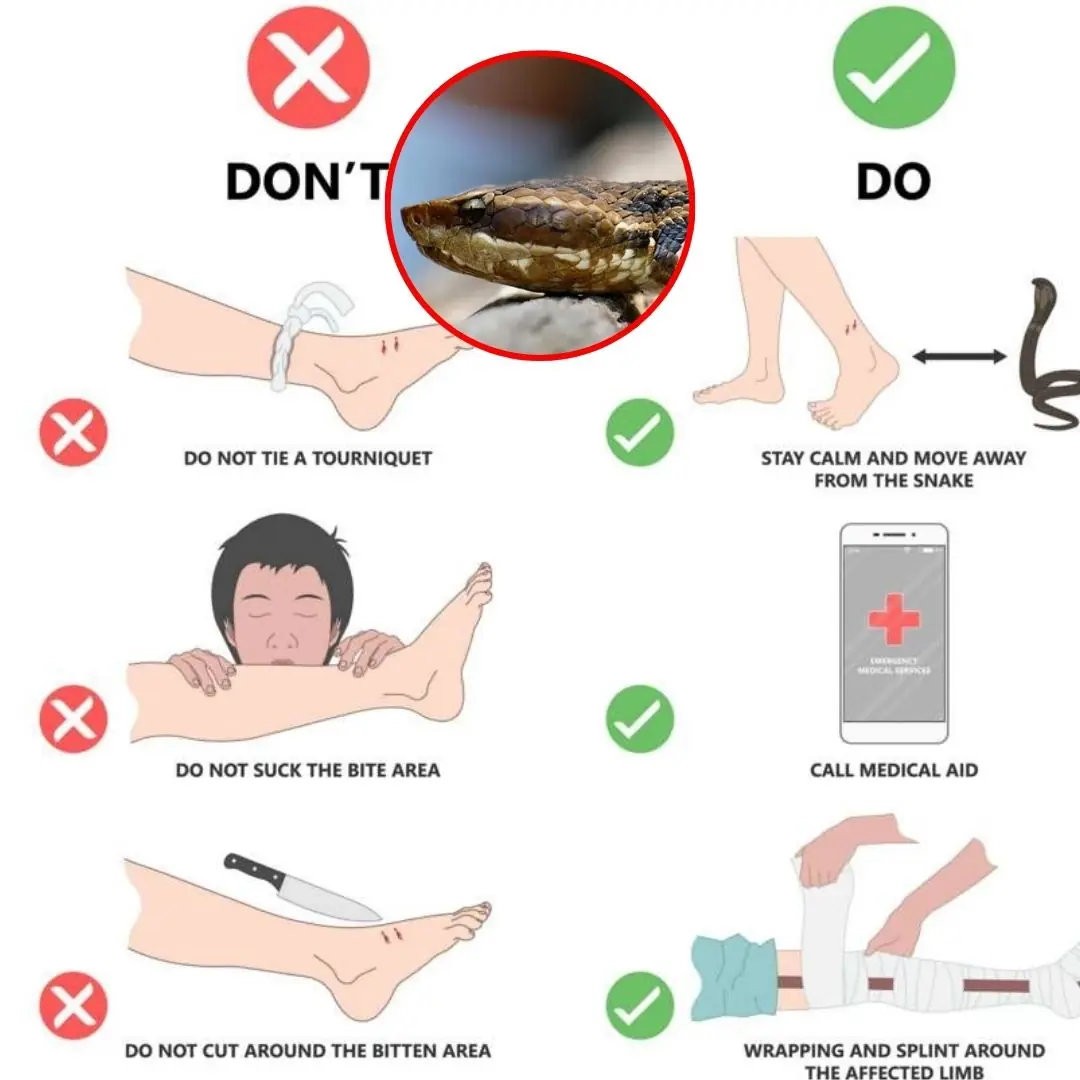
Smart People Use Air Conditioners This Way
Smart People Use Air Conditioners This Way — I “Copied” It and Was Thrilled to See My Electricity Bill Drop by 30%
Research from Australia shows that small changes in air conditioner usage habits can make a big difference.
A new study published by the Heat and Health Research Centre at the University of Sydney (Australia) revealed that using an electric fan before turning on the air conditioner can significantly reduce electricity consumption — while still keeping you cool and comfortable.
The Science: Fans First, AC Later
Specifically, when the room temperature isn’t too high, simply turning on a fan to create a gentle breeze can help your body cool down. While fans don’t lower the actual air temperature, the moving air promotes better heat dissipation from the body and enhances sweat evaporation — both of which help you feel cooler without immediately resorting to air conditioning.
The researchers recommend only switching on the air conditioner once the room temperature exceeds 27°C (80.6°F). Even then, the thermostat should be set between 27°C and 28°C (80.6°F–82.4°F), instead of the commonly used colder settings of 22°C–24°C (71.6°F–75.2°F). This range strikes a balance between comfort and energy efficiency.
Proven Power Savings: Up to 30% Reduction in Electricity Use
A previous study by the same research team found that simply raising the AC temperature from 24°C to 26.5°C (75.2°F to 79.7°F), while using a ceiling or table fan at the same time, could cut electricity usage by nearly 30%.
Meanwhile, a fan consumes only about 3% of the energy used by an air conditioner. So rather than relying solely on air conditioning, combining fan usage before and during AC operation becomes a highly effective energy-saving strategy.
Additionally, the fan helps circulate cool air more evenly around the room, allowing the AC unit to work less intensely while still maintaining optimal cooling.
Long-Term Health Benefits
Beyond electricity savings, overusing air conditioners can have adverse health effects — especially for the elderly, young children, people with cardiovascular conditions, or pregnant women.
The reason is simple: when the body becomes too accustomed to artificially cold environments (especially under 24°C), its natural thermoregulation system weakens. This explains why many people feel fatigued, dizzy, or lightheaded when stepping out from an air-conditioned room into the scorching heat outside.
That’s why scientists recommend a more flexible approach — alternating between fans and air conditioning to maintain a moderate indoor temperature. This helps your body adapt better to outdoor conditions and reduces health risks during the hot season.
The Science-Backed Strategy for Using Fans and Air Conditioners Together
To follow expert advice and optimize your cooling strategy, consider adjusting your habits as follows:
-
Start with a fan when you begin to feel warm.
-
Only turn on the AC when the room temperature goes above 27°C (80.6°F).
-
Always use a fan (ceiling or tabletop) together with your AC to help distribute the cool air evenly.
-
Set the AC to 27°C–28°C (80.6°F–82.4°F) instead of lowering it to cold extremes.
-
Turn off the AC once the room feels cool enough and maintain comfort using only the fan.
This simple shift in approach — starting with fans and keeping AC settings moderate — can lead to major reductions in electricity bills, while also protecting your health in the long run. So next time you reach for that remote, consider flipping the switch on a fan first. Your wallet, your body, and even the planet will thank you.
News in the same category


Tips for using air conditioning without worrying about skyrocketing electricity bills

Toilet smells fishy: Pour this in and the smell will go away, free of charge

Crush this handful of leaves and place it in the room.

Ginger left for a long time will often shrink, rot, or sprout

Don’t Buy the Brightest, Glossiest Tomatoes – Veteran Farmers Only Pick These 3 “Ugly but Delicious” Types

Why should you do that?

When buying bell peppers, choose the one with 3 or 4 grooves. Which one is better?

If the pan loses its non-stick coating, don't throw it away.

About 15 minutes before a stroke, the body usually sends out 4 clear

Save this valuable remedy to help absorb toxins and save lives

Show you 4 effective ways to keep your house free of cockroaches

Tips to deal with moldy, peeling walls: Free, very simple, any house can do it

Some ways to care for hair with ginger

How to Remove Labels from Glass Jars in Minutes (with Zero Effort!)

I Tried 5 Tricks for Getting Garlic Smells Off My Fingers, and the Winner Blew Me Away

Is Jackfruit Good for Diabetes?

When buying shrimp, should you choose open or folded tails? 5 tips for choosing the right shrimp, stay away from shrimp injected with chemicals

Emergency : Snake bite what to do and what not to do?
News Post

There is a small switch on the washing machine: Press it once and the dirt will automatically be discharged.

Tips for using air conditioning without worrying about skyrocketing electricity bills

Toilet smells fishy: Pour this in and the smell will go away, free of charge

Crush this handful of leaves and place it in the room.

Ginger left for a long time will often shrink, rot, or sprout

Don’t Buy the Brightest, Glossiest Tomatoes – Veteran Farmers Only Pick These 3 “Ugly but Delicious” Types

Two Friends

The Little Match Girl

Why should you do that?

Why do hotel bathrooms have transparent glass doors?

A Jury of Her Peers

NASA Scientists Explain Why Astronauts Strap Down Their Arms to Avoid the “Zombie Pose”

The Gift of the Magi

When buying bell peppers, choose the one with 3 or 4 grooves. Which one is better?

If the pan loses its non-stick coating, don't throw it away.

These 5 fruits are in the 'black book' of causing can.c.er cells

About 15 minutes before a stroke, the body usually sends out 4 clear

Save this valuable remedy to help absorb toxins and save lives
